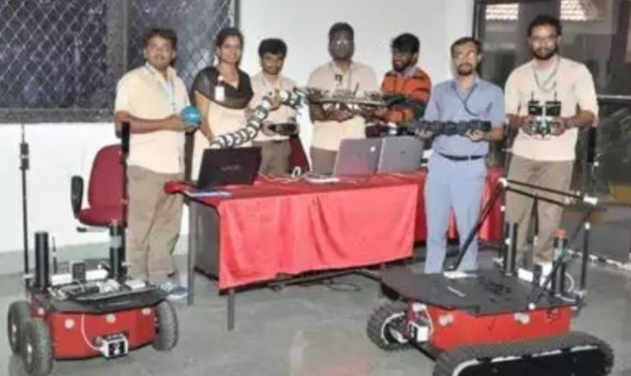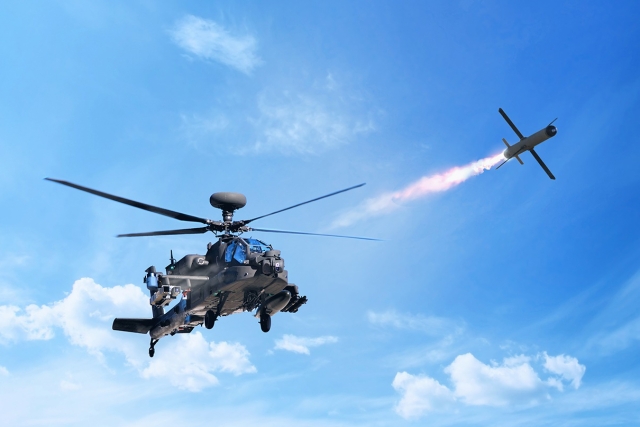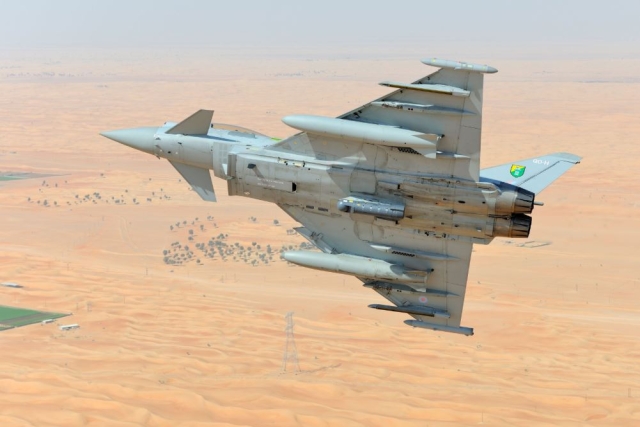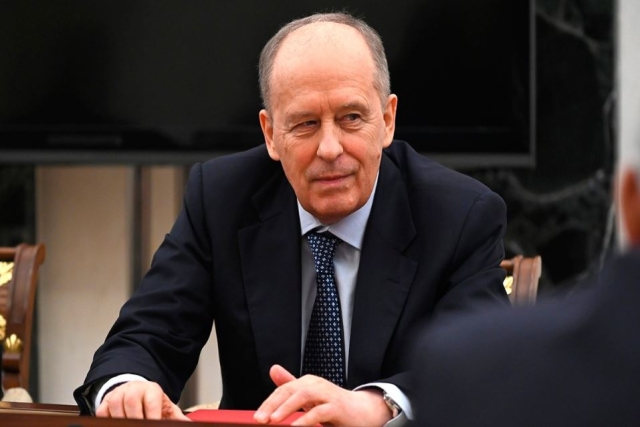BEL Developing AI-Powered Robots For Border Patrol

Scientists from India's state-run Bharat Electronics Limited's (BEL's) Central Research Laboratory (CRL) are developing Artificial Intelligence (AI) powered robot to patrol the country's borders.
The development of the robot began December last year and the scientists are confident of rolling out the first prototype by December 2019. User trials will be conducted in February 2020.
“AI will change how some critical operations are conducted by the armed forces, and our robot will even been able to patrol the borders,” BEL CMD Gowthama MV told TOI.
BEL is also planning to launch several other AI-enabled products, although there has been no special request from the armed forces, Ajay Kumar, secretary, defence production, said.
“Like Steve Jobs said, users don’t know what they want until you show it to them. As a company committed to R&D, we want to be able to show capabilities that can become useful for armed forces, this is one such project,” Gowthama said.
According to experts, India is likely to take at least a decade to have a functional robot that can perform this task, the report stated further.
“Future wars will not be fought on conventional basis...AI-enabled products will aid decision-making. AI-enabled robots can save lives of soldiers deployed for border surveillance,” Gowthama said.
Gowthama explained that the biggest challenge will be to have a machine that can self-learn given that there is no availability of raw data. “Raw data needed for such products is massive and we have to figure out a way to gather that. Once that is in place, we can customise algorithms we’ve built to get the robot to perform very specific tasks,” he said.
The BEL robot will be equipped with sensors and programmed to communicate with control centre besides being able to work in post disaster situations—such as the Easter blasts in Colombo—while also conducting surveillance.
At present, the estimated cost of each of these robots—if and when orders are placed—would be in the range of Rs 70 lakh and Rs 80 lakh per unit for small orders. “The cost can come down if there are large orders,” Gowthama said.









